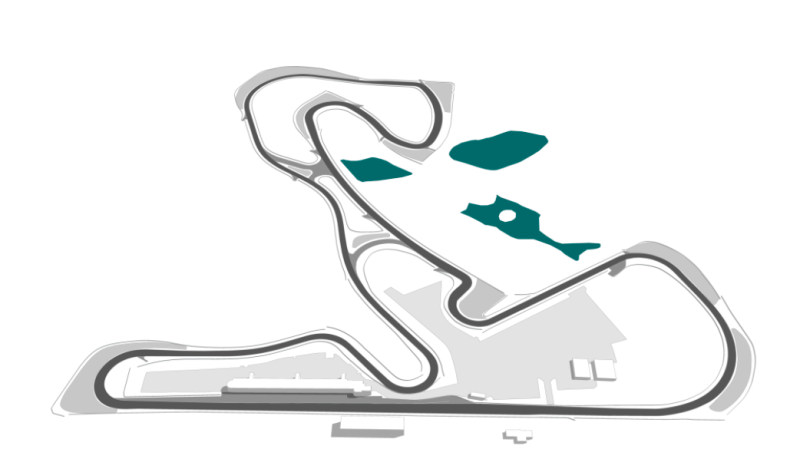“Zandvoort is always a fantastic atmosphere, and the fans are incredible, so it is a special one for me”. As the home race of F1’s reigning World Champion, the Dutch GP brings extra excitement to the table.
It’s Max’s 200 GP in career, the first race after a long summer break, and a very special “old style” track.
“I liked the circuit very much. In particular turn 3 and the last turn, that banking feels very special and there are many different lines that you can take in the turn. It is really interesting. The nice thing about turn 3 for example, is that it is so banked, that the inside of the corner completely falls away. When you arrive there, you don’t see the inside at all because you are sitting so low in the car. And then….. how you take the rest of the turn, that’s really very different from what you’re used to Turn 3 and the last corner look pretty impressive when you are going through the corner. They did a really good job in renovating the track.”
The idea behind the ‘banking’ of the Zandvoort track
Every year, the Formula 1 calendar features a host of different racing circuits that are unique in their own right. While there are the iconic Eau Rouge and Raidillon at Spa-Francorchamps in Belgium, there are also the historic Maggots and Becketts of Silverstone. To stand out amongst the amazing race tracks that have already made a place in the F1 world, Zandvoort needed its ticket to fame. And that is how the organizers decided they would bring the element of banking to F1.
So, when the FIA announced that Formula 1 racing would resume at the Zandvoort circuit in 2019, the work began on renovating the track right away. The Italian Circuit design company, Dromo, took on the challenge of giving a makeover to the pre-World War 2 circuit. As its founder, Jarno Zaffelli talked about the vision he had in the back of his mind while working on the Zandvoort track.
He said to Formula 1, “We did something that we thought would be really formidable to drive, that has no equal at any other racetracks.” Thus, this is how the plans led to the banked turns of Zandvoort.
The Zandvoort track has a layer of Tarmac which comes with the nickname of the ‘Flying Dutch’ after Max Verstappen. This can slow down the cars that might go hurtling towards the side walls. Additionally, the debris fences are present at 90° angles to the turns which have banking. And there are the new SAFER barriers which can absorb most of the impact if any car crashes into them while going around the banked turns. So, even if the turns are quite dangerous as per the laws of Physics, the Zandvoort people have seen to it that they do not compromise on safety.
Looking to F1 tracks that had banked corners in the past. Next stop: Monza
None of the other current race tracks have banking at present. However, there are some historic circuits that used to have banked corners back in the day. In fact, the angles of those corners were even higher than the ones we will see at Zandvoort. For example, the previous layout of the Monza circuit (which hosts the Italian GP) had a banking of 22 degrees. The Daytona International Speedway in Florida (which hosts the 24 Hours of Daytona endurance race) also banked the corners which recorded the highest angle of 31 degrees.






Leave A Comment